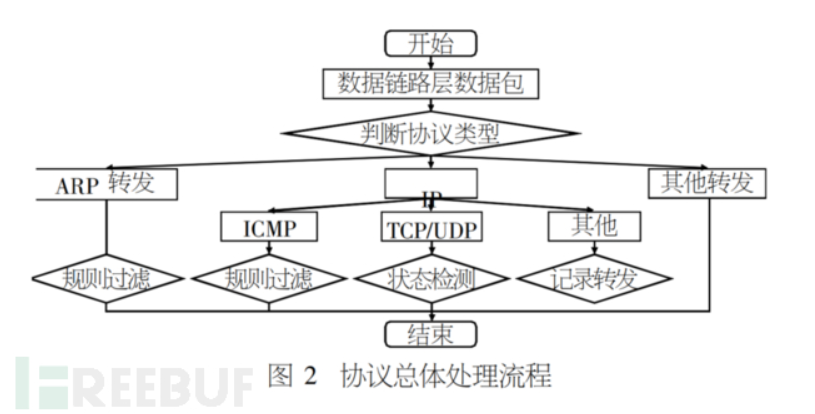如何使用 MMPreTrain 框架进行预训练模型的微调和推理
MMPreTrain 是一个基于 PyTorch 的开源框架,专注于图像分类和其他视觉任务的预训练模型。它提供了丰富的预训练模型和便捷的接口,使得研究人员和开发者可以轻松地进行模型微调和推理。本文将详细介绍如何使用 MMPreTrain 框架进行预训练模型的微调和推理。
1. 安装 MMPreTrain
首先,确保您的系统已经安装了 Python 和 PyTorch。然后,使用以下命令安装 MMPreTrain:
pip install mmpretrain
2. 加载预训练模型
MMPreTrain 提供了大量的预训练模型,您可以直接加载这些模型进行微调或推理。以下是一个加载预训练模型的示例:
import mmengine
from mmpretrain import init_model, inference_model
# 配置文件路径
config_file = 'configs/resnet/resnet50_8xb32_in1k.py'
# 预训练权重文件路径
checkpoint_file = 'https://download.openmmlab.com/mmclassification/v0/resnet/resnet50_8xb32_in1k_20210831-ea4938fc.pth'
# 初始化模型
model = init_model(config_file, checkpoint_file, device='cuda:0')
3. 微调预训练模型
微调预训练模型通常涉及修改模型的配置文件和训练数据集。以下是一个简单的微调流程:
3.1 修改配置文件
您可以根据自己的需求修改配置文件。例如,更改数据集路径、批量大小、学习率等参数。假设您有一个自定义的数据集 my_dataset,可以创建一个新的配置文件 my_config.py,并在其中进行必要的修改。
_base_ = 'configs/resnet/resnet50_8xb32_in1k.py'
data_root = 'path/to/your/dataset'
train_pipeline = [
dict(type='LoadImageFromFile'),
dict(type='RandomResizedCrop', scale=224),
dict(type='RandomFlip', prob=0.5),
dict(type='PackInputs')
]
test_pipeline = [
dict(type='LoadImageFromFile'),
dict(type='ResizeEdge', scale=256, edge='short'),
dict(type='CenterCrop', crop_size=224),
dict(type='PackInputs')
]
train_dataloader = dict(
dataset=dict(
type='ImageNet',
data_root=data_root,
ann_file='meta/train.txt',
data_prefix='train',
pipeline=train_pipeline),
batch_size=32,
num_workers=4)
val_dataloader = dict(
dataset=dict(
type='ImageNet',
data_root=data_root,
ann_file='meta/val.txt',
data_prefix='val',
pipeline=test_pipeline),
batch_size=32,
num_workers=4)
test_dataloader = val_dataloader
# 修改学习率和训练轮数
param_scheduler = [
dict(
type='LinearLR', start_factor=0.01, by_epoch=True, begin=0, end=5),
dict(
type='CosineAnnealingLR', T_max=95, by_epoch=True, begin=5, end=100)
]
# 训练设置
train_cfg = dict(by_epoch=True, max_epochs=100, val_interval=1)
3.2 开始微调
使用 train_model 函数开始微调过程:
from mmpretrain import train_model
# 加载新的配置文件
config_file = 'my_config.py'
# 初始化模型
model = init_model(config_file, checkpoint_file, device='cuda:0')
# 开始微调
train_model(model, config_file)
4. 进行推理
完成微调后,您可以使用训练好的模型进行推理。以下是一个简单的推理示例:
from PIL import Image
# 加载图片
image_path = 'path/to/your/image.jpg'
image = Image.open(image_path)
# 进行推理
result = inference_model(model, image)
# 打印预测结果
print(result)
5. 保存和加载模型
您可以将训练好的模型保存到本地文件,并在需要时重新加载:
# 保存模型
model.save('path/to/save/model.pth')
# 加载模型
model = init_model(config_file, 'path/to/save/model.pth', device='cuda:0')
总结
通过上述步骤,您可以使用 MMPreTrain 框架轻松地加载、微调和推理预训练模型。MMPreTrain 提供了丰富的预训练模型和灵活的配置选项,使得研究人员和开发者可以高效地进行模型开发和部署。希望本文对您有所帮助!



















